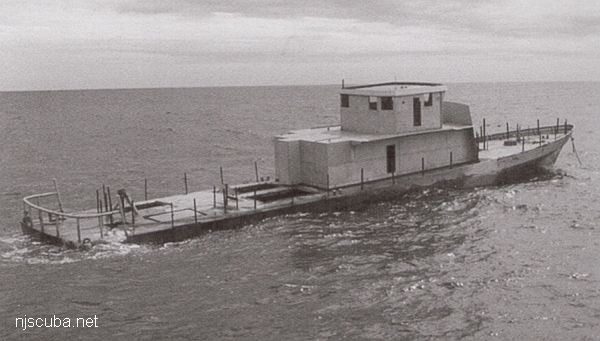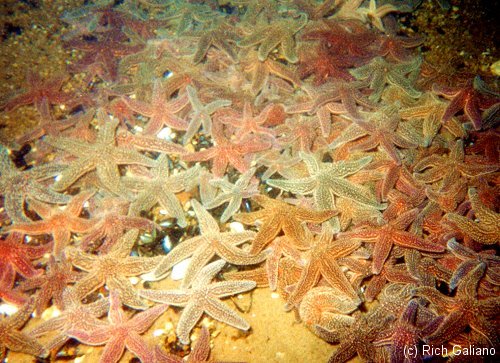Heritage Hull / Dr Tom's

- Type:
- artificial reef, cutter, US Coast Guard
- Specs:
- ( 120 x 22 ft )
- Sponsor:
- The Dr Tom Natoli family
- Sunk:
- Thursday September 20, 2001 - Cape May Artificial Reef
- GPS:
- 38°51.810' -74°40.590'
On September 20, the New Jersey Division of Fish and Wildlife sunk a 120-foot Coast Guard cutter on its Cape May Artificial Reef Site. As part of the state's Reef Program, the cutter will now serve as habitat for marine fish and shellfish, a new fishing ground for anglers and an underwater attraction for scuba divers.
"Since the program began in 1984, a total of 108 ships and barges have been sunk on the state's network of 14 ocean reef sites," said Division Director Bob McDowell.
This particular design of cutter was rejected by the U.S. Coast Guard, making the hull obsolete and readily available from the Federal government as surplus. Paperwork to obtain the vessel was prepared by the State Agency for Surplus Property.
The Heritage Hull was docked at the Adam S. Brandt Army Reserve Base in Baltimore, Maryland. Since the hull was not equipped with engines or fuel tanks, preparation for sinking was limited to removing wood railings and breaching internal bulkheads and decking to facilitate flooding during the sinking operation.
On September 19, the hull was towed from Baltimore, through the Chesapeake and Delaware Canal, down Delaware Bay and out to the north end of the Cape May Reef, located nine miles offshore of Cape May. On the following day, the vessel was held in position by a towboat while the hull was flooded with water. Sinking took 3 hours and 15 minutes. The vessel now rests in an upright position on the sea floor in a depth of 65 feet.
Funds to help offset the cost of towing were provided by the family of Dr. Thomas J. Natoli. The new reef was named "Dr. Tom's Reef" in memory of an avid angler who spent 48 years sport fishing in the salt waters along the coast of Cape May.



Questions or Inquiries?
Just want to say Hello? Sign the .